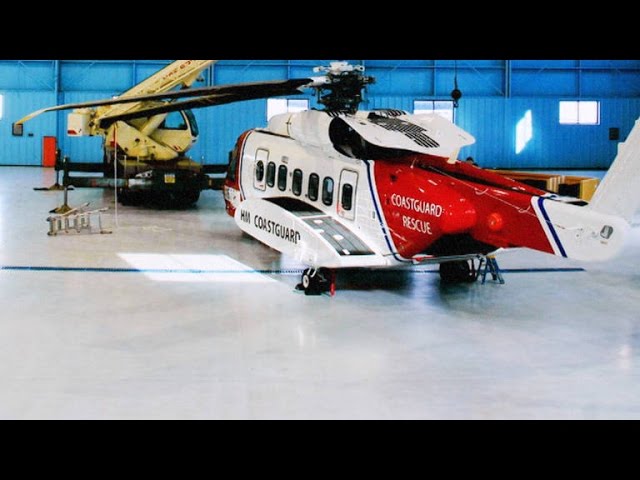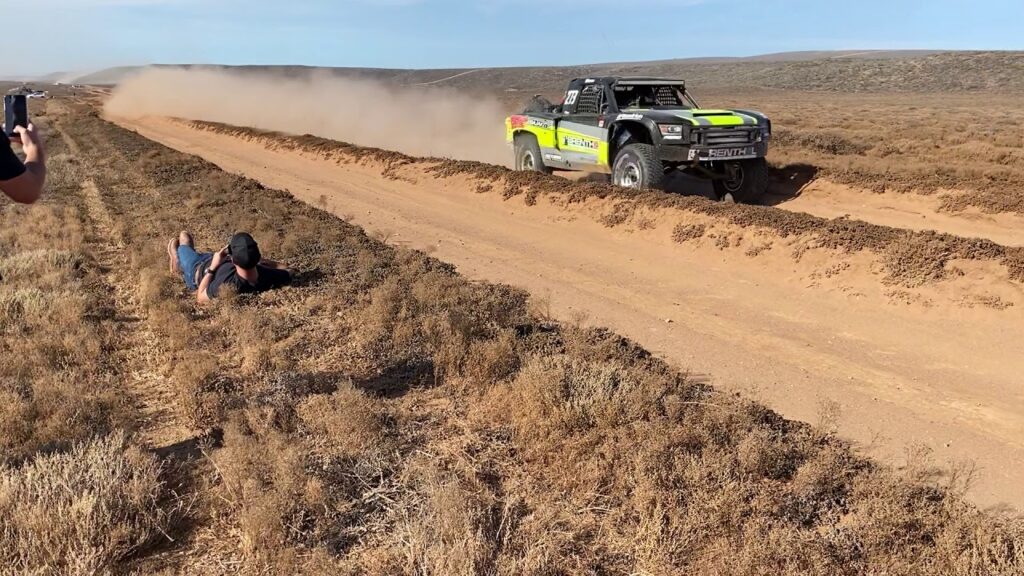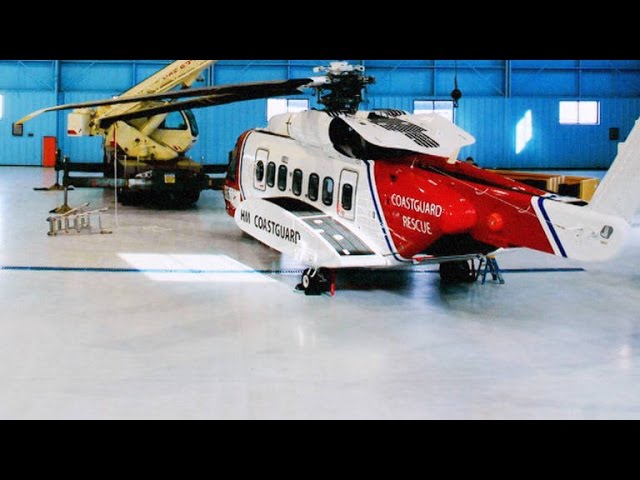Understanding Helicopter Shipping in Mexico
Mexico’s diverse landscapes and growing industries make it a unique challenge for the transportation of specialized cargo such as helicopters. The country’s terrains, from mountains to rainforests, require detailed logistical planning for helicopter shipping. With the presence of various climate zones, shipping methods need to be adapted accordingly. This ensures the helicopter’s integrity upon arrival, whether the destination is a bustling city or a remote oil field.
Regulatory compliance is a fundamental aspect of helicopter transportation in Mexico. The country’s civil aviation authorities enforce stringent guidelines that shippers must adhere to. These include permits, customs regulations, and specific packaging standards designed to protect both the helicopters and the environment. Shippers must be well-versed with these requirements to avoid costly delays and legal issues, ensuring a smooth shipping process from origin to destination.
Logistics providers play a crucial role in the helicopter shipping process. Experienced providers offer comprehensive services that include door-to-door delivery, handling of oversized loads, and navigating the complex customs processes. They utilize a range of transportation modes, such as road, air, or sea, each with their own set of considerations. Selecting the right logistics partner can make a significant difference in the efficiency and cost-effectiveness of helicopter shipments across Mexico.
The Challenges of Helicopter Transportation
Helicopter transportation in Mexico presents a unique set of challenges that stem from a variety of logistical, regulatory, and environmental factors. These rotary-winged aircraft are invaluable for their versatility and ability to access remote areas, which is particularly useful in Mexico’s diverse landscape. However, the operation of helicopters in this region can be complex due to several overarching issues that need to be addressed for safe and efficient utilization.
Geographical Barriers are one of the primary challenges faced by helicopter operators in Mexico. With its extensive mountain ranges, such as the Sierra Madre, and varied terrain including dense forests and urban centers, pilots must be highly skilled to navigate these areas. Helicopter flights in mountainous regions are especially risky due to unpredictable weather conditions and potential for air turbulence, which necessitates advanced training and experience for pilots.
Maintenance and Operational Costs are considerably high for helicopter transportation. Given the harsh environmental conditions and the type of missions often conducted, ranging from oil and gas exploration to search and rescue operations, helicopters require continuous and meticulous maintenance. The financial burden of this, coupled with the cost of fuel and the need for specialized equipment, makes helicopter operations an expensive endeavor in Mexico.
Regulatory Hurdles also pose a significant challenge. The Mexican aviation authorities impose strict regulations that helicopter operators must adhere to. This includes obtaining proper permits, adhering to safety protocols, and ensuring that pilots and technicians are adequately trained and certified. Navigating the bureaucratic landscape to maintain compliance can be a complex process that may impede the efficiency of helicopter services.
Safety Concerns related to operating in certain parts of Mexico are not uncommon, often attributed to the threat posed by organized crime and other security risks. Helicopter operators must have protocols in place to deal with potential threats, which can include everything from comprehensive flight planning to security detail for passengers and crew. These concerns significantly influence flight operations and contribute to the complexity of helicopter transportation within the country.
Navigating Regulatory Requirements for Helicopter Shipping
Shipping a helicopter within or into Mexico involves a comprehensive set of regulations that ensure the safety and legal compliance of the transport process. Firstly, you must acquaint yourself with the Special Airworthiness Certificate issued by the Mexican Civil Aviation Authority (Agencia Federal de Aviación Civil – AFAC), which is mandatory for any aircraft entering Mexican airspace. The certificate ensures that the helicopter meets Mexico’s rigorous standards for airworthiness, which align with international aviation regulations. Likewise, registration and insurance documents must be in order, and their copies readily accessible during the shipment.
Secondly, operators should be aware of customs importation laws. Helicopters are subject to specific duties and taxes, which vary depending on whether the import is temporary or permanent. For temporary imports, it is essential to obtain a Temporary Import Permit (TIP) and guarantee the return of the helicopter within the specified time frame. Failure to adhere to these requirements could result in substantial penalties or, in extreme cases, the confiscation of the aircraft. Comprehensive documentation, including purchase contracts and shipping invoices, must accompany the helicopter during all phases of transport.
Lastly, engaging with a reputable agent or company that specializes in helicopter logistics is crucial for a smooth importation process. These experts understand the nuances of air law and can provide invaluable assistance in obtaining clearances, arranging secure transport, and facilitating communication with the relevant authorities. This reduces the risk of delays caused by paperwork errors or regulatory misunderstandings. Additionally, they can advise on the best transport method, whether by air, land, or sea, considering factors such as cost, duration, and the helicopter’s specifications.
Choosing the Right Partner for Helicopter Logistics
When it comes to helicopter logistics in Mexico, partnering with the right service provider is essential for ensuring efficient and reliable operations. The rugged terrain and diverse landscapes of Mexico often require the unique capabilities that helicopters provide, making them an invaluable asset for industries ranging from oil and gas exploration to tourism and emergency services.
Understanding Local Expertise
Local knowledge is paramount when choosing a helicopter logistics partner. Operators who have extensive experience navigating Mexico’s specific geographic and regulatory environment will be better equipped to handle the challenges that arise during complex aerial missions. A partner with a proven track record in areas like the deserts of Sonora or the mountainous regions of Chiapas can offer peace of mind, ensuring that your operations are conducted safely and with the utmost respect for local regulations.
The Importance of Fleet Diversity
The right partner should offer a diverse fleet capable of fulfilling a wide range of requirements. Whether you need a light helicopter for quick transport and agility or a heavy-lift chopper for construction projects or emergency relief efforts, your logistics partner should have the right tools for the job. Additionally, a fleet that is regularly maintained and updated with the latest navigation and safety features is crucial. This not only guarantees performance but also ensures compliance with the strict aviation standards of the industry.
Commitment to Safety and Training
Safety is the cornerstone of any helicopter logistics operation. A reputable partner will prioritize safety above all else, with a robust program for ongoing pilot training and helicopter maintenance. The best partners will have certifications and a safety record to back up their claims, giving you confidence that your helicopter operations are in good hands. When evaluating potential logistics providers, take a close look at their safety protocols and training programs to ensure they align with international best practices.
Innovative Solutions in Helicopter Shipping Services
The landscape of transportation has been dynamically transformed with the advent of helicopter shipping services in Mexico. Aerial transport provides a unique set of advantages for urgent, oversize, or difficult-to-reach shipments. As the demand for speed and efficiency in the logistics industry escalates, helicopter services are stepping up by offering innovative solutions that set them apart from traditional transport methods. This approach not only saves time but also provides unparalleled flexibility in delivery.
One of the cutting-edge solutions introduced is the utilization of specially designed cargo hooks capable of lifting and transporting heavy loads effortlessly. These sophisticated mechanisms streamline the loading and unloading process, making it a safer and more reliable option for sensitive cargo. Furthermore, shipping service providers in Mexico are increasingly deploying helicopters equipped with the latest navigation and communication technology, ensuring precise and timely deliveries across diverse terrains, from urban centers to isolated rural areas.
Another key innovation in this sector is the development of customer-centric services, such as customizable flight plans and real-time tracking systems. Clients can now have a more engaging role in the shipping process, with the ability to monitor their shipments and make informed decisions based on current logistics data. With these tools, helicopter shipping services in Mexico are offering a level of transparency and control that was previously unattainable.
Additionally, environmental sustainability has become a focal point, with service providers exploring ways to reduce carbon emissions. Investment in cleaner fuel alternatives and more efficient flight routes is at the forefront of the industry’s evolution, mirroring a global shift towards environmentally conscious transportation methods. These innovative practices not only benefit the ecosystem but also resonate with the values of modern consumers and businesses that prioritize green logistics solutions.
Case Studies: Successful Helicopter Deliveries
Often, when people think of helicopter uses, search and rescue or news reporting come to mind. However, helicopters are invaluable assets in delivering cargo to remote or challenging locations that other vehicles cannot reach. In Mexico, numerous cases attest to the versatility and efficiency of helicopters for transportation and delivery purposes.
Emergency Medical Supplies to Oaxaca
In one notable instance, a community in Oaxaca found itself cut off due to extreme weather conditions. With the roads impassable and the community in urgent need of medical supplies, a helicopter service was employed to perform the delivery. The helicopter managed not only to deliver the supplies in record time but also ensured their secure and safe arrival despite the adverse weather conditions. This prompt response by the helicopter crew highlighted the machine’s ability to provide life-saving deliveries when every minute counts.
Construction Materials to Copper Canyon
Another example involves the delivery of construction materials to the Copper Canyon, a series of massive canyons in the Sierra Madre Occidental. The project required precise and careful maneuvering as the materials needed to be placed in specific, difficult-to-access locations. The use of heavy-lift helicopters facilitated this process, overcoming the logistical challenges presented by the rugged terrain. The helicopters carried multiple loads of beams, cement, and tools, significantly reducing the project’s timeline while maintaining safety standards. This achievement showcased the helicopter’s capability to support large-scale construction projects in arguably inaccessible areas.
Scientific Equipment to Isolated Research Stations
Moreover, Mexico’s diverse and often remote landscapes make certain areas only reachable by air. For scientists stationed at isolated research facilities, receiving essential equipment can be a logistical nightmare. Helicopters are often the solution, with their ability to land in confined spaces proving to be indispensable for the delivery of sensitive and vital scientific apparatuses. One helicopter delivery operation successfully supplied a remote volcano monitoring station with the necessary instruments to ensure continuous observation and data collection, further underscoring the significant role helicopters play in supporting scientific endeavors.



